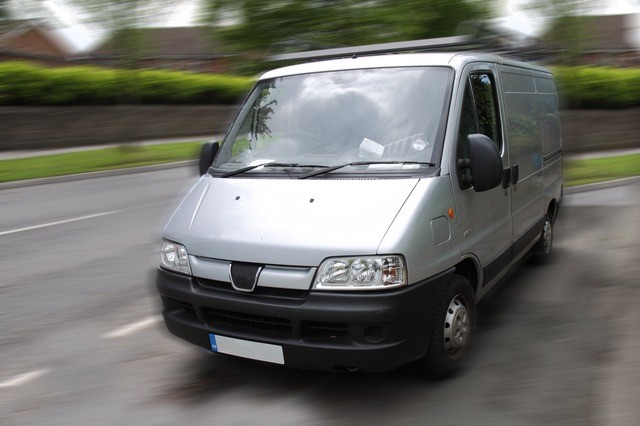 Fringe Benefit Tax (FBT) on privately used vehicles is neither new nor rare. However, errors in FBT calculations are common due to the murky and complicated nature of the rules and principles that apply.
Fringe Benefit Tax (FBT) on privately used vehicles is neither new nor rare. However, errors in FBT calculations are common due to the murky and complicated nature of the rules and principles that apply.
Generally, FBT is payable when a business-owned vehicle is available for private use by an employee. The availability component of this definition is often misinterpreted; as FBT is payable when a vehicle is simply available to the employee, whether or not the vehicle is actually used privately.
By definition, if a vehicle is used for home to work travel, this counts as private use. However, that same travel from home to work is ignored if the vehicle qualifies as a “work-related vehicle”.
This leads to our next common error – the application of the work-related vehicle definition. To qualify, the vehicle can’t be designed principally to carry passengers, the name of the employer’s business needs to be identified permanently and obviously on the vehicle’s exterior, and finally, it needs to be a condition of employment that the employee stores the vehicle at home.
A common error is to treat a sign written sedan as a work-related vehicle – in factory form, sedans will not qualify for the exemption as they are principally designed to carry passengers.
When it comes to calculating the amount of FBT payable, the formula seems simple enough: multiply the proportion of days that the vehicle was available for private use during the quarter by the relevant vehicle value and a specific percentage. However, each of these elements can be misunderstood.
There are two methods available to determine a vehicle’s value – either the cost price method, or the tax book value (TBV) method. The TBV method is the original cost price less its total accumulated depreciation at the start of the FBT period. A minimum value of $8,333 applies when using the TBV method.
Once a method has been chosen for a particular vehicle, the same method must be used for five years. Typically, the lowest value is achieved by using the cost price method from acquisition, with a change to the TBV method after five years. Cue our next common error: when changing to the TBV method, the $8,333 minimum amount is not an automatic option; it can only be used if the vehicle’s TBV is less than $8,333. As a general rule, FBT is calculated based on GST inclusive vehicle values. GST exclusive values can be used, but the percentage needs to be adjusted accordingly.
FBT can be frustrating because it takes considerable time to calculate for what can seem like a small amount of tax. But it is worthwhile reviewing both the availability on which FBT is being calculated and the calculation itself. There may be savings to be had or errors to be identified, both of which can add up over time.
